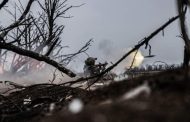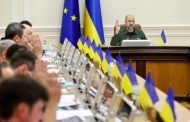To mark the Holodomor Remembrance Day, students of the Ukrainian Leadership Academy launched an online restaurant with dishes that helped Ukrainians survive the Holodomor. Valentyn Hryhorenko, a representative of the Ukrainian Leadership Academy, told Public about this.
The menu of the online restaurant of memory includes 9 dishes that Ukrainians ate in 1932-1933. In the column “find out the price” instead of the cost – a video with eyewitness stories.
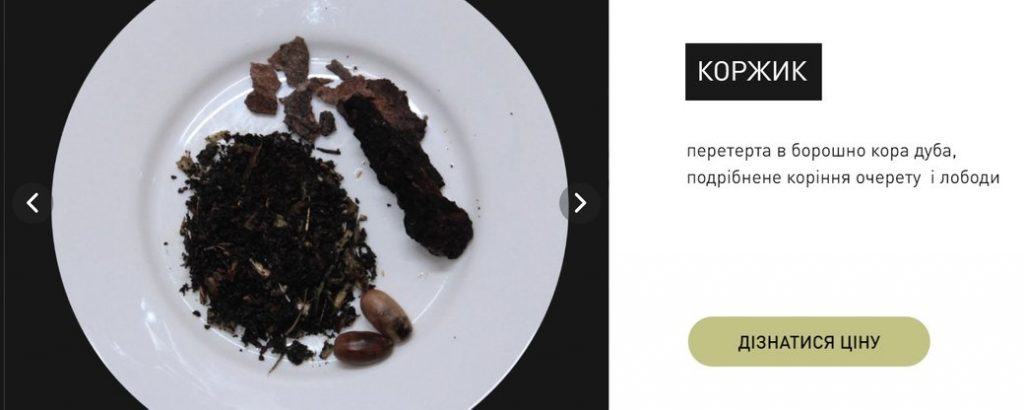
The history of the online restaurant is based on the fact that students of the Ukrainian Leadership Academy were given the task to find out their pedigree, how their relatives, grandparents and great-grandparents lived during the Holodomor. They collected personal stories. When students collected materials, worked out recipes, and already in centers prepared these dishes by themselves.
“There is bread made of acorns, cakes made from quinoa, and baked beets. There is porridge made from corn, as well as with the addition of herbs,” says Valentin Grigorenko.
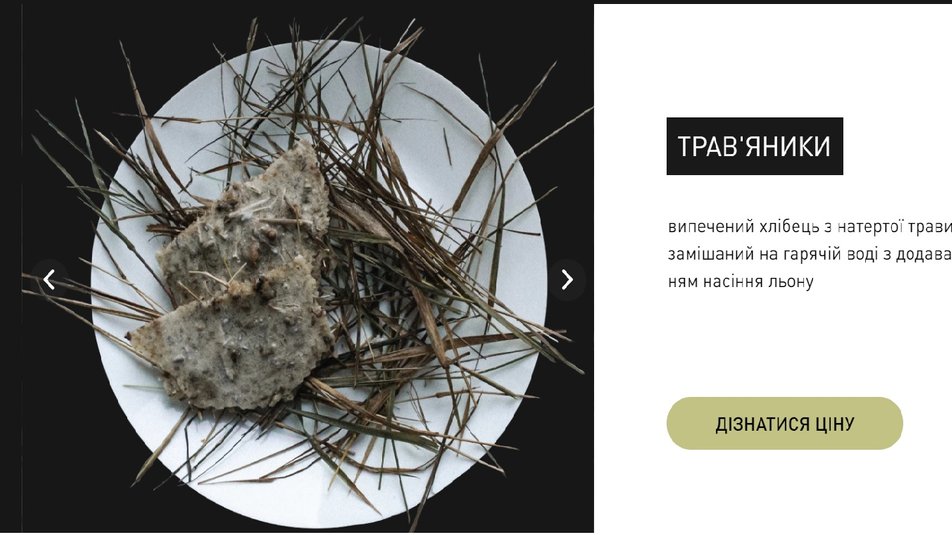
In Lviv, the memories of Holodomor eyewitnesses are recorded in the Territory of Terror Museum. Museum researcher Yuriy Kodenko researched the Holodomor of 1932-1933.
“At first, as people said, they ate all the animals that were in the villages and around the villages: cats, dogs, ground squirrels, birds, and when the animals ran out, they began to eat everything that was possible and even impossible: bark, husks,” – says Yuri Kodenko.
Holodomor witness Mykola Chyshkun remembers the food that helped him survive.
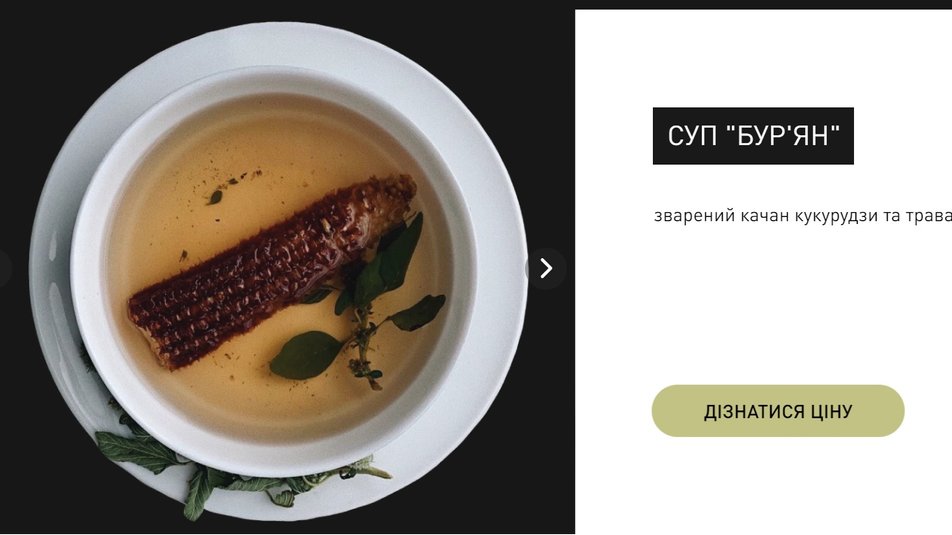
“Then it was autumn, but when spring came there was nothing. We dig up old potatoes, which weren’t all harvested in autumn, then we take rotten potatoes, they freeze and thaw, well, it stinks of rot, we add quinoa and these motorboats were called such pancakes,” he says. Mykola Chishkun.
The exact number of victims of the Holodomor of 1923-1933 is unknown. The reason for this is that the authorities forbade the indication of the cause of death due to starvation in the registration books. Some documents were destroyed during World War II.





